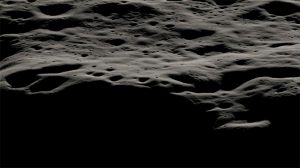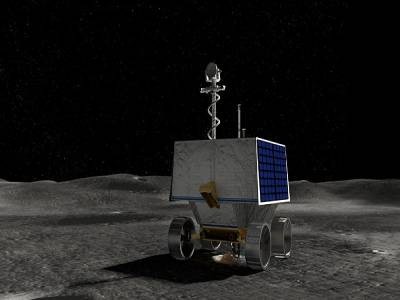NASA plans to land its next lunar rover beside a crater, named Nobile, near the Moon’s south pole,
the agency has announced. But some scientists question whether the mission, set to launch in 2023, will
efficiently find the lunar ice that it’s looking for.
The mission, known as the Volatiles Investigating Polar Exploration Rover (VIPER), aims to study ice
on the lunar surface that could serve as a resource, for instance as a rocket-fuel ingredient for future astronauts.

The Moon’s south pole has so far not been visited by any spacecraft, but holds great scientific promise: it
receives little sunlight, so it has reserves of ice containing information about the origin and evolution of
the Solar System, preserved for billions of years. VIPER will hunt for the ice in the lunar soil using various
methods, including drilling up to 1 metre deep.
But some researchers worry that the landing site, announced on 20 September, isn’t guaranteed to have an abundance of ice. So far, scientists have only been able to estimate polar-ice concentrations on the basis of data from orbiting spacecraft.
According to NASA that information, Nobile Crater does have ice in and around it, including inside several permanently shadowed regions that never see the Sun’s rays. “We do have a lot of data that there is water ice there — we’re not going in blind,” says Amy Fagan, a planetary scientist at Western Carolina University in Cullowhee, North Carolina.











